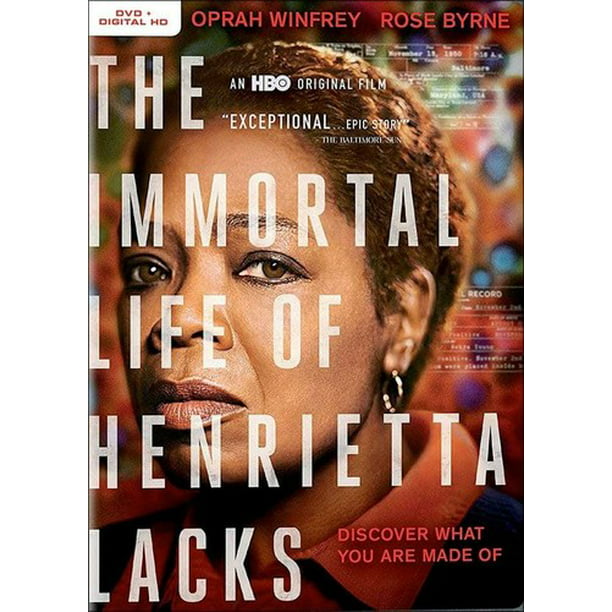
 Emotions in the Clinical Encounter
by
Emotions in the Clinical Encounter
by
 Immortal Life of Henrietta Lacks
Immortal Life of Henrietta Lacks
 Transgender and Gender Diverse Health Care: the Fenway Guide
by
The very first textbook of its kind delivers the evidence- and case-based review clinicians need to address the unique healthcare realities of transgender and gender diverse adults As the visibility and acceptance of transgender and gender diverse adults increases, the demand for state-of-the-art health care services increases, too. Fenway Guide to Transgender and Gender Diverse Health Care offers everything you to provide basic, culturally responsive care that meets the primary, preventive, and specialty health needs of transgender and gender diverse adults patients. With the most up-to-date scientific and clinical information, this comprehensive, practical guide reviews new data on terminology, demographics, and epidemiology; highlights key aspects of gender identity emergence across the lifespan; and provides comprehensive instruction on both hormonal and surgical gender affirmation. Applying a health-equity model of care, it offers a roadmap that clinicians can use when addressing health needs of transgender and gender diverse communities.
Transgender and Gender Diverse Health Care: the Fenway Guide
by
The very first textbook of its kind delivers the evidence- and case-based review clinicians need to address the unique healthcare realities of transgender and gender diverse adults As the visibility and acceptance of transgender and gender diverse adults increases, the demand for state-of-the-art health care services increases, too. Fenway Guide to Transgender and Gender Diverse Health Care offers everything you to provide basic, culturally responsive care that meets the primary, preventive, and specialty health needs of transgender and gender diverse adults patients. With the most up-to-date scientific and clinical information, this comprehensive, practical guide reviews new data on terminology, demographics, and epidemiology; highlights key aspects of gender identity emergence across the lifespan; and provides comprehensive instruction on both hormonal and surgical gender affirmation. Applying a health-equity model of care, it offers a roadmap that clinicians can use when addressing health needs of transgender and gender diverse communities.